By 2030, the country will have about 250 higher education institutions and 50 branches. Of these, there will be 30 key training institutions and 5 national universities.
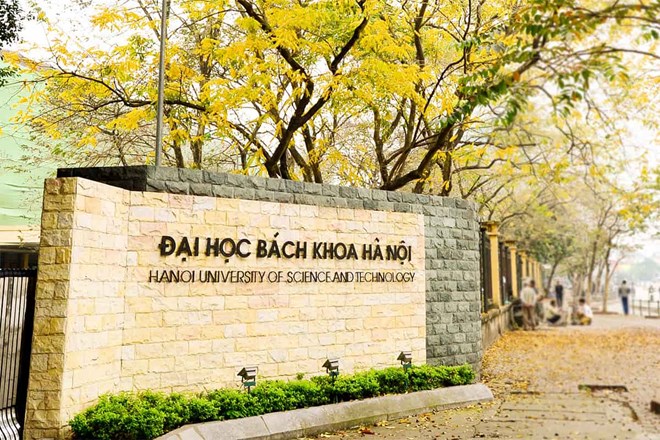
Hanoi University of Science and Technology. Photo: HUST
The information is mentioned in the Draft Planning of the network of higher education and pedagogical institutions for the period 2021-2030, with a vision to 2050 (except for schools under the Ministry of Public Security, National Defense, and pedagogical colleges) of the Ministry of Education and Training (MOET).
According to this draft, the Ministry of Education and Training expects that by 2030, the country will have about 250 higher education institutions and 50 branches of 200 key higher education institutions, with a distribution orientation according to regions, including:
About 30 key national higher education institutions, including 5 national universities; 5 regional universities and from 18 to 20 key national sectoral higher education institutions; about 100 other focal higher education institutions under ministries, branches, central and local agencies; at least 70 private higher education institutions, including non-profit private higher education institutions and foreign-invested higher education institutions.
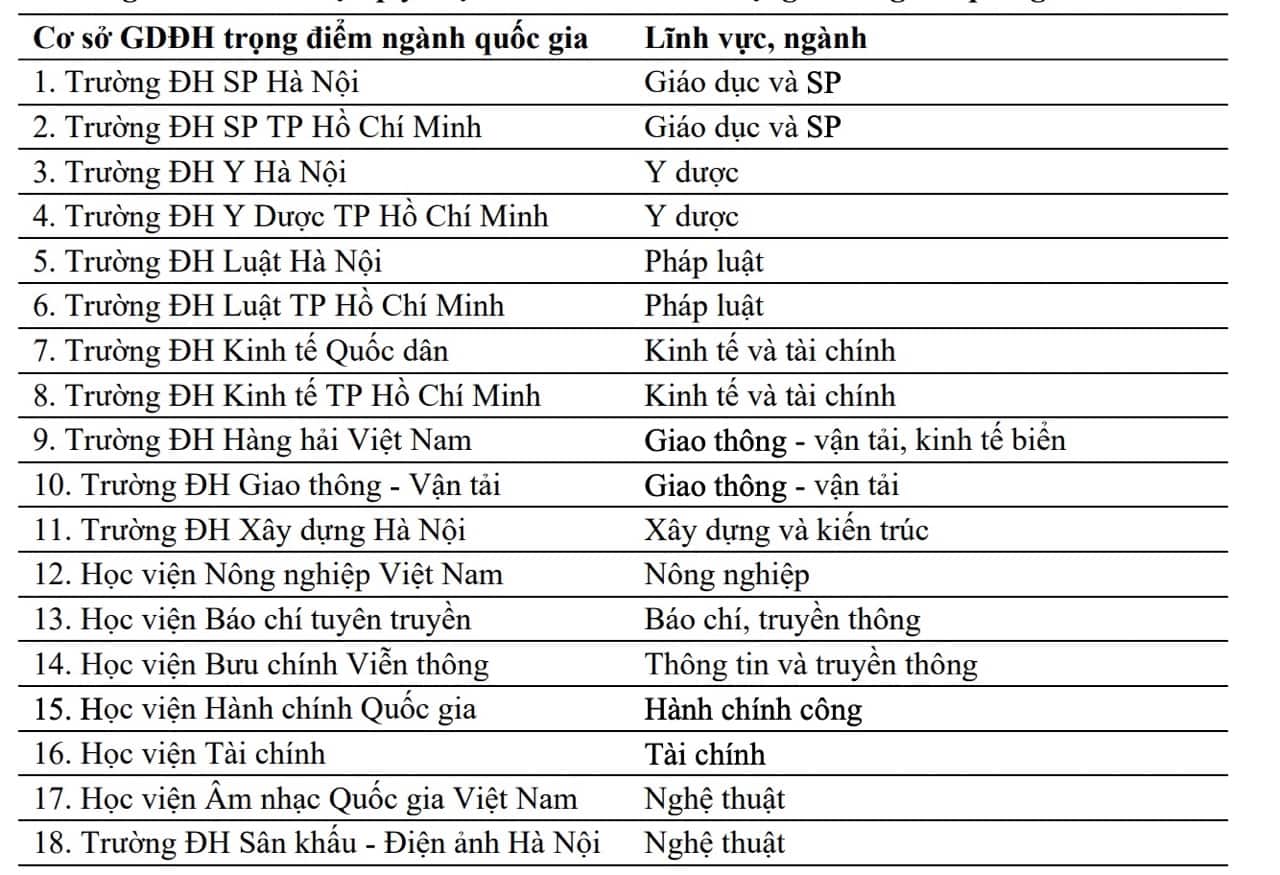
18 national key universities, as proposed by the Ministry of Education and Training. Screenshot
By 2030, Hue University, Danang University and Hanoi University of Science and Technology are expected to become national universities. Together with Hanoi National University and Ho Chi Minh City National University, the country will have 5 national universities. These training institutions will have higher autonomy than the remaining models, have the mission of leading and playing a core role in implementing the national strategic tasks of developing talents, high-quality human resources, science, technology and innovation.
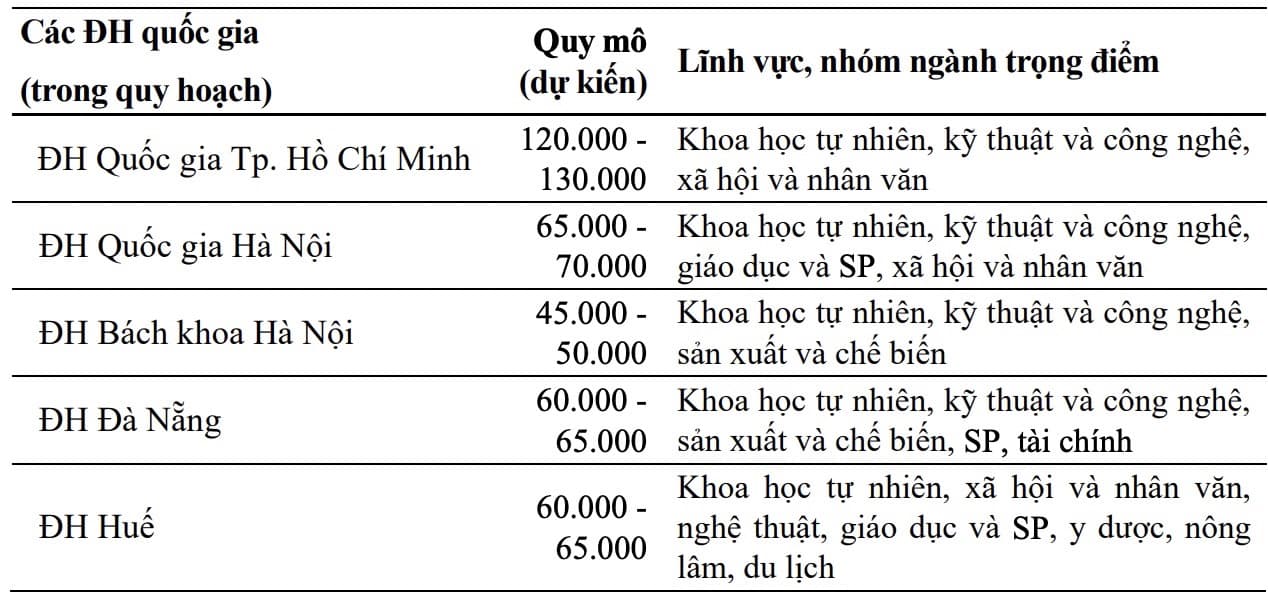
Scale and key areas of 5 national universities (projected). Screenshot
The goal is for this group of universities to be among the top in Asia, with at least 20 fields in the top 1,000 of prestigious international rankings.
Also according to the draft of the Ministry of Education and Training, by 2030, Vinh University, Nha Trang University, Tay Nguyen University and Can Tho University will become regional universities. Along with the current Thai Nguyen University, the whole country is expected to have 5 regional universities.
Regarding the planning of the network of teacher training schools, the Ministry of Education and Training will arrange the network of teacher training institutions in a streamlined manner, defining roles and missions based on capacity and prestige, meeting the requirements for developing the teaching staff of localities, regions and the whole country.
By 2030, there will be about 50 higher education institutions nationwide participating in teacher training at all levels. Of these, 11 universities will play a core role in teacher training in each region and area, focusing on educational science research and high-quality, high-level training with about 50% of the total scale of teacher training nationwide.
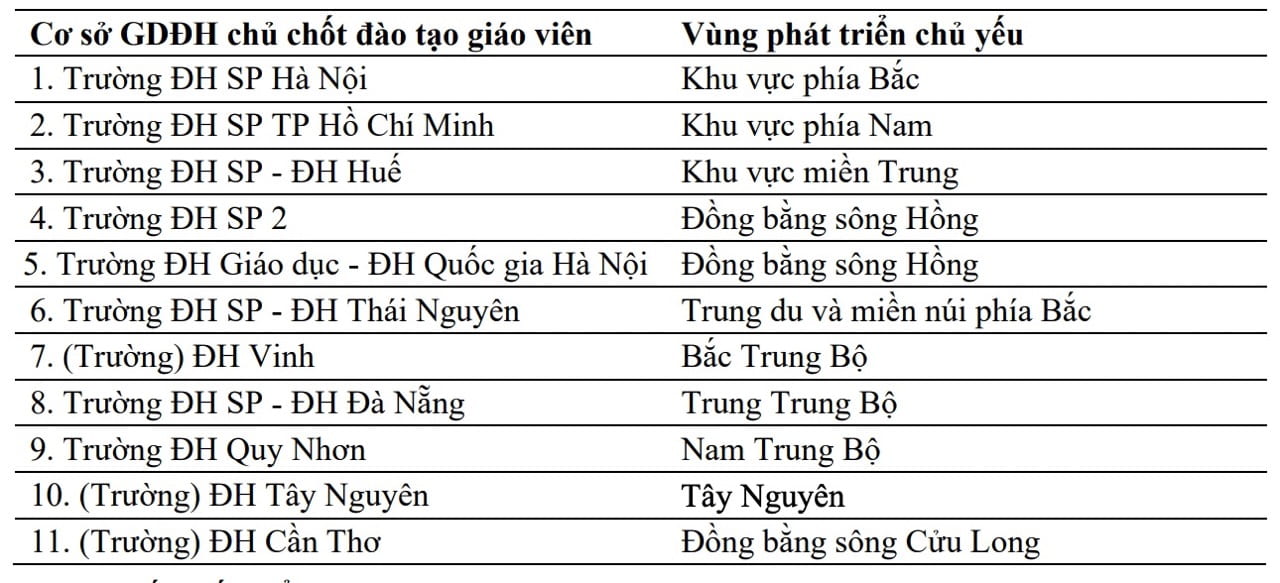
11 universities play a core role in teacher training. Screenshot
About 22 schools, most of which are under the Provincial People's Committee, provide training to meet the needs of teachers at all levels in the locality and neighboring provinces, accounting for about 44% of the national teacher training scale. About 17 other universities participate in training some specific teacher training majors.
The Ministry of Education and Training said that in the coming period, basically no new public universities will be established, except in special cases.
Public universities that do not meet the standards of higher education institutions will be restructured, with investment focused to meet the standards within 3-5 years; merged with other schools; or suspended before 2028 and dissolved before 2030. The same will be done with university branches that do not meet the standards.
Laodong.vn




![[Photo] "Beauties" participate in the parade rehearsal at Bien Hoa airport](https://vstatic.vietnam.vn/vietnam/resource/IMAGE/2025/4/11/155502af3384431e918de0e2e585d13a)
![[Photo] Looking back at the impressive moments of the Vietnamese rescue team in Myanmar](https://vstatic.vietnam.vn/vietnam/resource/IMAGE/2025/4/11/5623ca902a934e19b604c718265249d0)



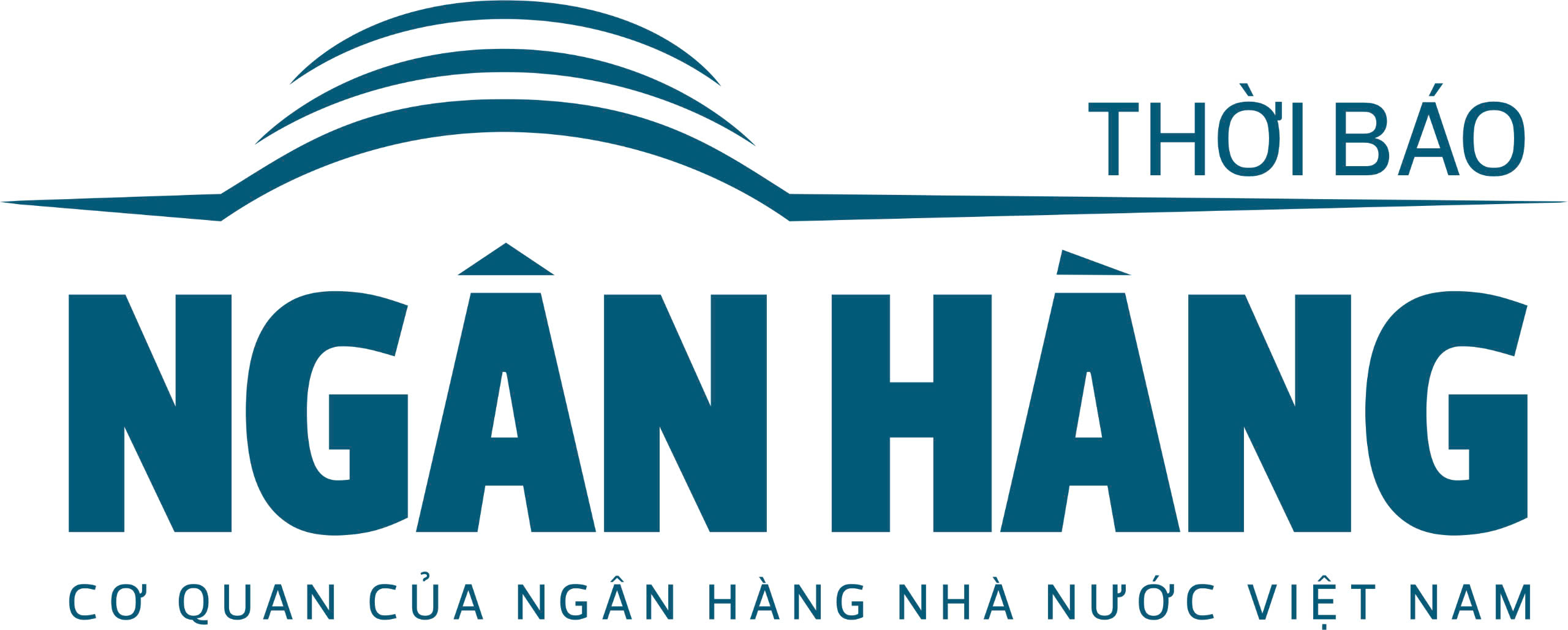





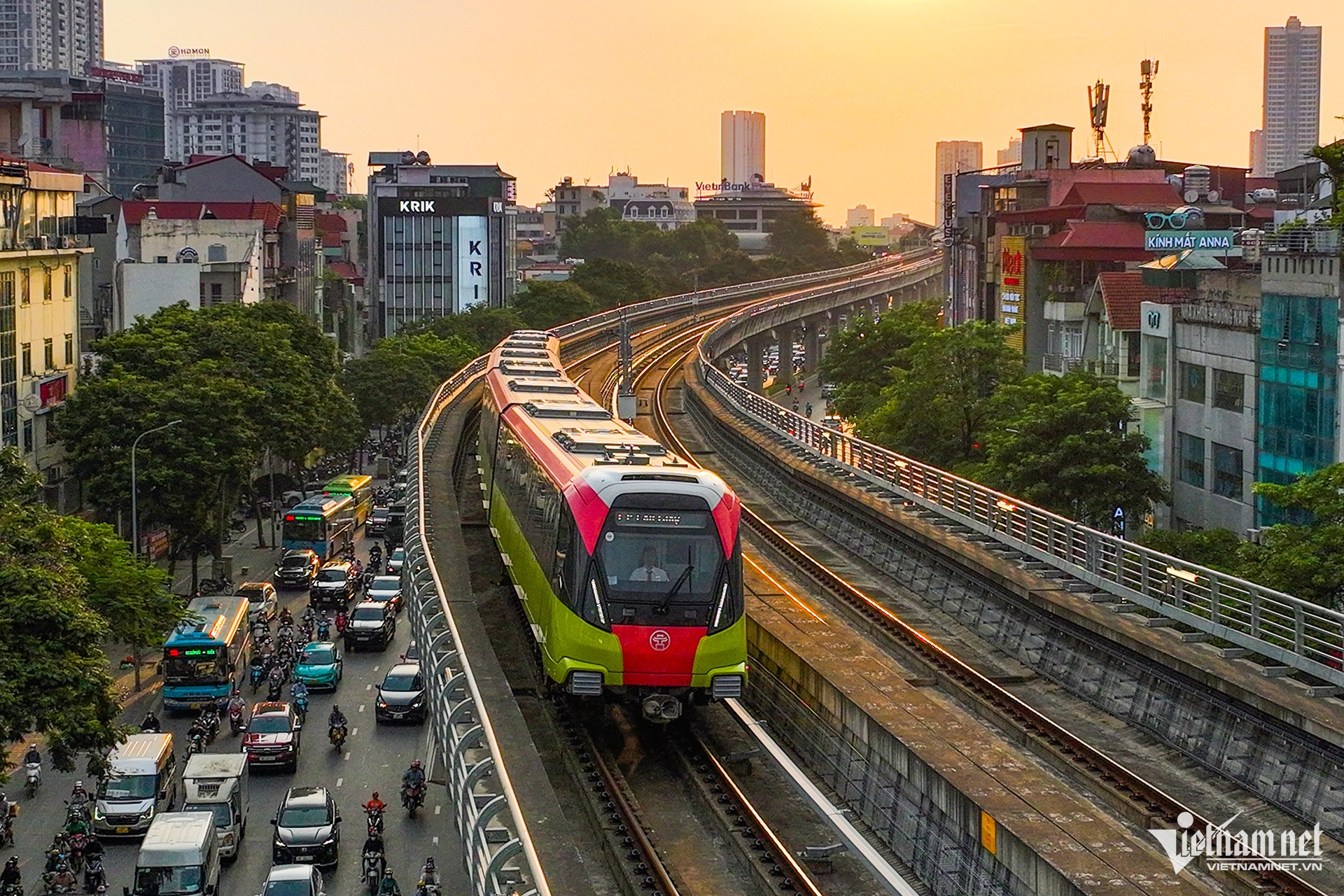





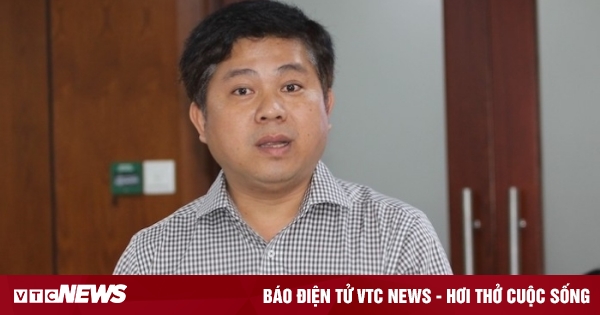











![[Photo] Summary of parade practice in preparation for the April 30th celebration](https://vstatic.vietnam.vn/vietnam/resource/IMAGE/2025/4/11/78cfee0f2cc045b387ff1a4362b5950f)


























































Comment (0)